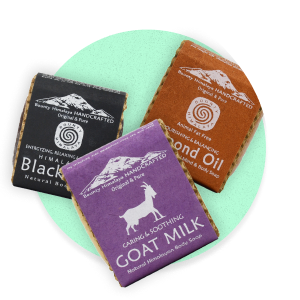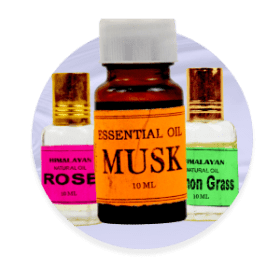Sustainable Fashion
The Difference Between Hemp and Linen Fibres
Hemp and Linen are two natural fibres that have been around for a long time. And they are practically interchangeable. In fact, they resemble each other so much that you cannot tell the difference with your naked eye and touch; you need a high-performance microscope to detect the difference. This article will help you understand the difference between the two fibres and also the ways in which they are similar.
Introduction to Hemp:
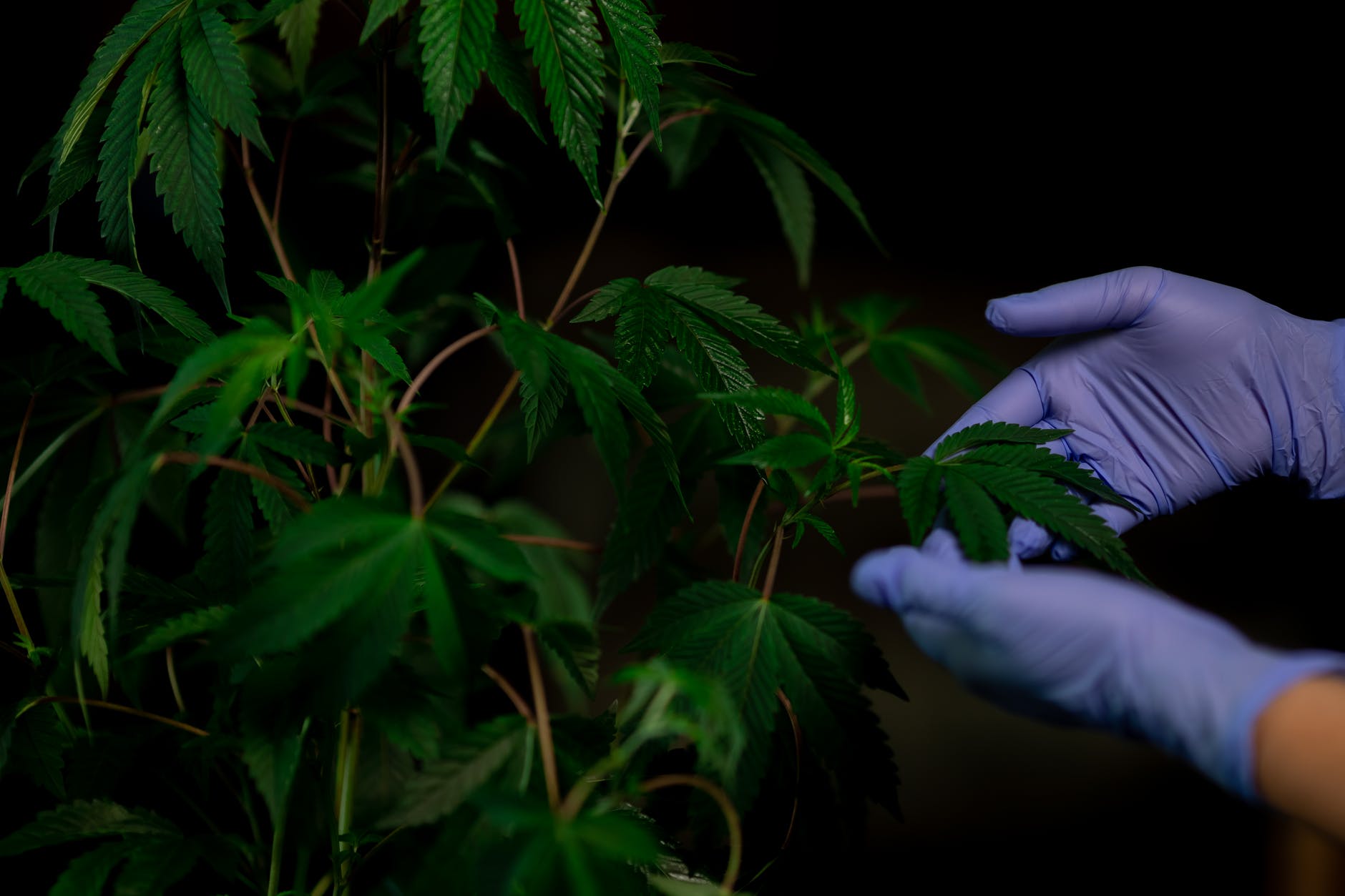
Hemp is a distinct variety of plant species Cannabis sativa. Hemp fabric is a type of textile made using fibres from the stalk of this plant. It is the strongest, longest, and most durable fabric known to mankind. The plant can grow anywhere from 1.2 to 4.5 meters (4-15 ft) in height and around 2 cm (0.75 inches) in diameter. It is recognized for its extraordinarily tensile and durable textile fibres as well as an immensely beneficial crop. Originated in Central Asia, hemp from the Himalayan regions of Nepal is widely used in making sustainable and eco-friendly clothing. Hemp is one of the leading fabrics in the handmade clothing industry in Nepal.
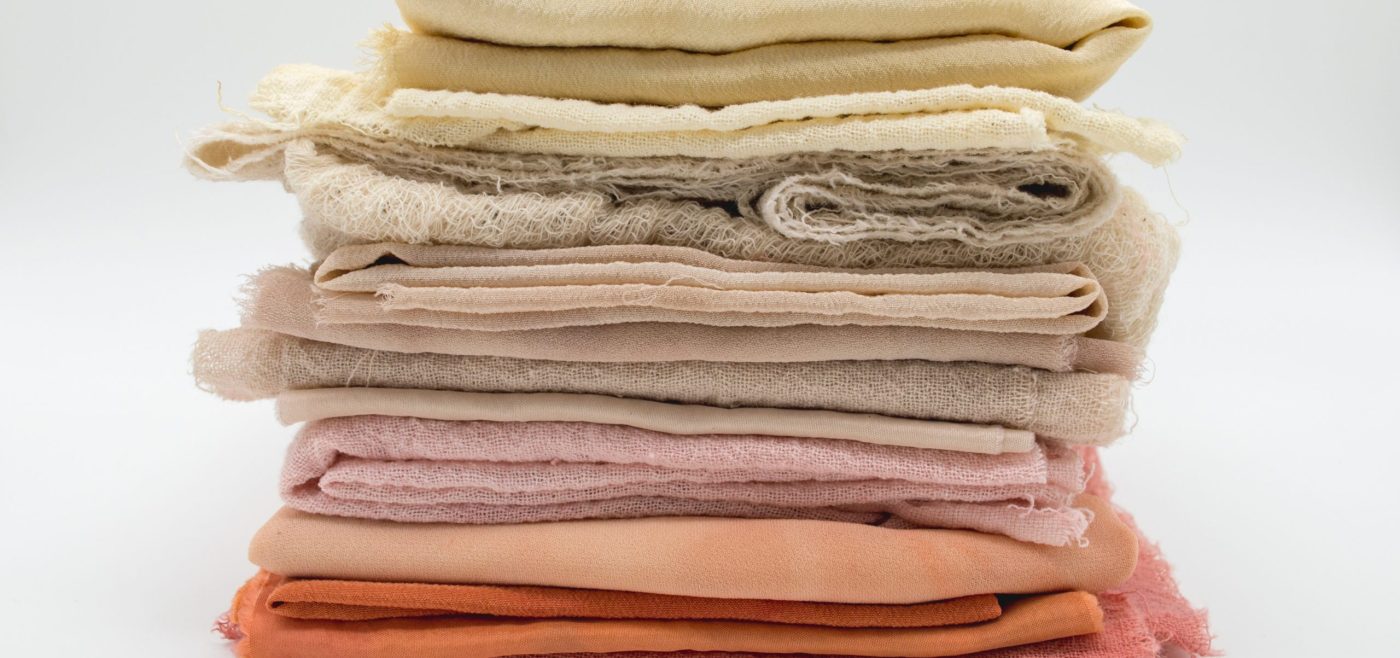
The outer layer of the stalk has rope-like blast fibres and the inside has a woody, pith-like fibre. The outer layer goes into making the fabric for textile purposes. The hemp plant is cultivated in the hot weather, ideally, and is ready for harvest in early winter. Each plant is cut from the root using a sickle. The hemp’s fibrous section is separated from its woody core in the process called retting. The hemp fibres so obtained are beaten with a long paddle to release them from the stalk. The final step in preparing hemp is to twist the strands of fibres. Thus obtained yarn is woven into tight fabrics, and these fabrics may be used for a variety of consumer purposes like hats, bags, and other articles of clothing.
The Nepali word for fabrics made from hemp stem fibre is ‘Bhangra’. Nepali Bhangra is a high-quality fabric. It is how these fabrics are made that makes them much more popular and ethical among fashion-conscious people. Its high absorbability and durability make it a great substance to make bags, towels, blankets, and duvets with. Pair it with how sustainable, eco-friendly, and biodegradable is, and you get the best of both worlds.
Introduction to Linen:
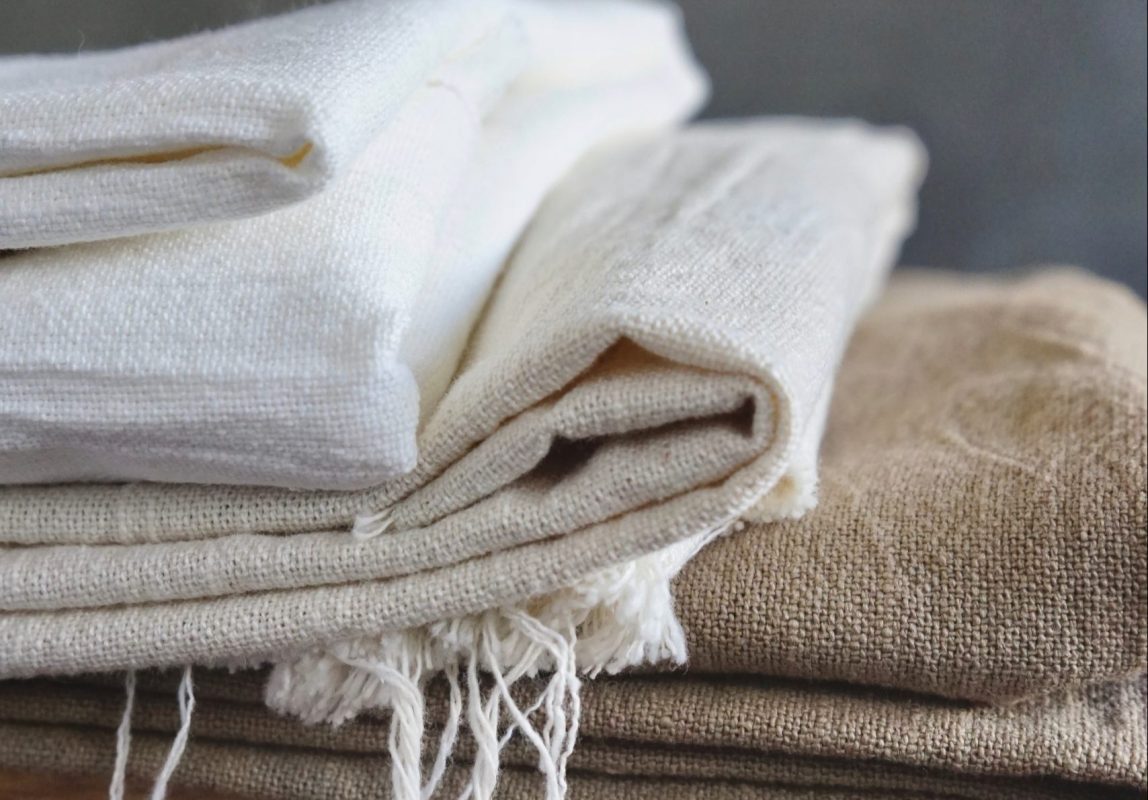
Linen is a sustainable fabric made from flax fibres used predominantly for homeware applications. The flax plant is cultivated in nearly all countries in the world and has been used to make fibre for over 6000 years. While linen is similar to cotton, it is made from fibres derived from the stems of the flax plant instead of the bolls that grow around cotton seeds. Manufacturing linen, however, is much more time and resource-intensive than making cotton.
Flax plants are ready for harvest after about 100 days of growth. To extract the fibres, the plants are either cut or pulled by hand from the ground. It is said that pulling the plant creates finer linen. After flax stalks are harvested, they are processed through a machine that removes leaves and stalks. The flax’s fibrous outer stalk is separated from its soft woody interior. This process is called retting. Once the fibres are separated to collect the longest pieces, which can be up to 20 centimetres long, they are then spun into yarn and eventually woven into fabric.
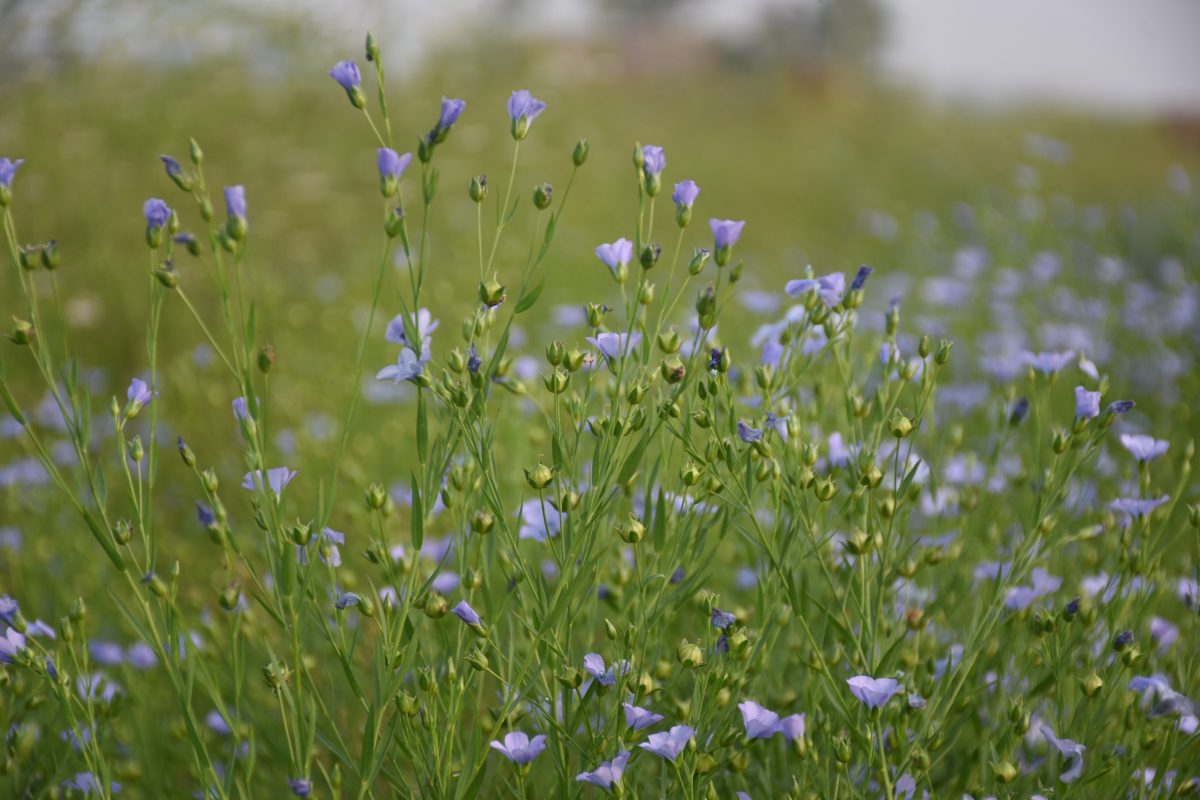
The resulting linen textile is porous and has natural heat and moisture-absorbing properties. This makes linen a comfortable fabric for summer times. The natural fibre also holds dye colours greatly, so the fabric is available in almost every colour. Linen is also naturally anti-bacterial.
Similarities between Linen and Hemp:
- Both hemp and linen are very strong and tough fibres that soften through handling and washing.
- Both fibres fold easily.
- Both are long-lasting fibres (although some say that hemp is up to 8 times stronger).
- Hemp and linen both are highly moisture-absorbant. Moisture retention of hemp is slightly more (12%) than linen (10-12%).
- They are breathable and natural.
- Both have hollow fibres, which makes them effective insulators; cool in summer and warm in winter.
- Both hemp and linen have anti-bacterial properties.
- Both benefit from the washing; they become brighter and softer every wash.
- Both are bio-degradable and sustainable.
- Both hemp and linen are resistant to moths, mildew, and mould.
- They easily absorb dyes.
- They both crease easily, so that is a major downside.
- Both fibres can be blended with others to add new beneficial properties.
Differences between hemp and linen
- Hemp fibres bundles are longer than that of flax; so hemp is the stronger of the two.
- Hemp fibre is a yellowish-grey to dark brown in colour while linen is more yellowish-buff to grey.
- Hemp is highly resistant to ultraviolet light, so it won’t fade or disintegrate in sunlight.
- Hemp stretches less than any other natural fibre. The linen is more stretchable.
- Hemp grows incredibly easily and is naturally resistant to many pests. It doesn’t require herbicides and pesticides to grow.
- Hemp is also high-yielding. An average yield of hemp is between 200 to 400 kgs while falx averages 140 to 200 kgs for the same area of land.
Hemp and Linen (Applications)
Both hemp and flax plants have multiple applications. Both hemp and linen seeds are considered super healthy and contain vitamins, minerals, fibre, and beneficial omega-3 fatty acids. Hemp seeds are also used to make milk and plant protein.
Hemp fibres are used in textiles, paper, biofuel, plastic, animal feed, as a building material, and in skincare. In textiles, hemp is used to make apparel, rugs, shoes, upholstery, bags, and hats.
Linen is traditionally used in home textiles; tea towels, wall coverings, lampshades, bedding, and tablecloths. It is also very popular in summer fashion; skirts, shirts, tops, and dresses to keep you cool and airy in summer.
How to tell them apart?
Hemp and linen can be detected with a high-performing microscope. Hemp fibre contains a characteristic polygon shape cross-section with spherical edges. Linen fibre has seven peaks with sharp edges.
Without microscopic or chemical examination, the fibres can be distinguished by the direction in which they twist when wet. Hemp rotates counter-clockwise and linen rotates clockwise.
You can also conduct a burn test; since this is a fire hazard, we recommend supervision and carefulness. Take a sample cloth with tweezers and place it in flame. Hemp burns instantly with a bright flame. The smell resembles that of burning leaves or wood. Linen takes its time to burn and leaves a woody smell when burning.
Conclusion:
Comparing the similarities and differences of these two natural fibres, they have many of the same properties. However, hemp has more environmental benefits, mainly due to the fact that it requires no pesticides to grow and is actually good for the soil. But both fibres are incredibly versatile with diversified applications for the entire plant.
Check out the range of products made by Himalayan Hemp available at our website himalayanmerch.com:
-
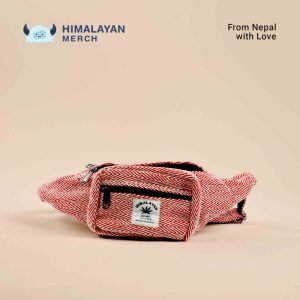 Hemp Fanny Pack$ 15.00
Hemp Fanny Pack$ 15.00 -
 Hemp Tobacco Purse$ 10.00
Hemp Tobacco Purse$ 10.00 -
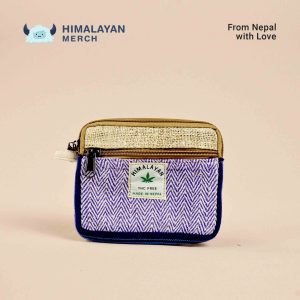 Hemp Wallet$ 6.00
Hemp Wallet$ 6.00 -
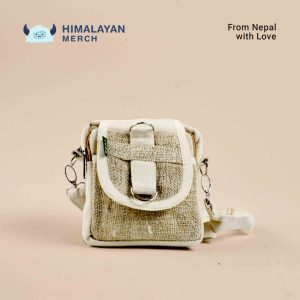 Hemp Passport Bag$ 22.00
Hemp Passport Bag$ 22.00 -
 Pure Hemp Side Bag$ 22.00
Pure Hemp Side Bag$ 22.00 -
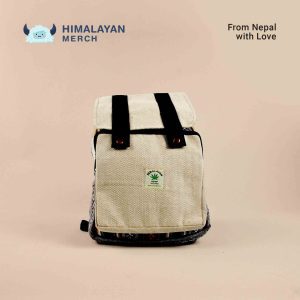 Buttoned Hemp Bag Pack$ 35.00
Buttoned Hemp Bag Pack$ 35.00 -
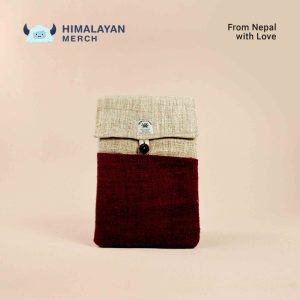 Hemp Laptop Sleeve$ 28.00
Hemp Laptop Sleeve$ 28.00 -
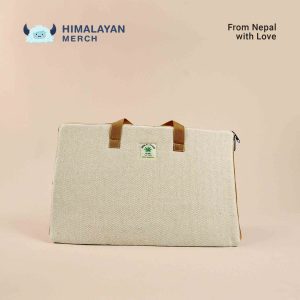 Hemp Laptop Bag | Laptop Case$ 20.00
Hemp Laptop Bag | Laptop Case$ 20.00 -
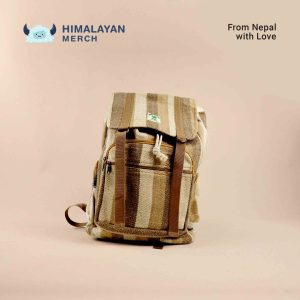 Hemp RuckSack$ 40.00
Hemp RuckSack$ 40.00


